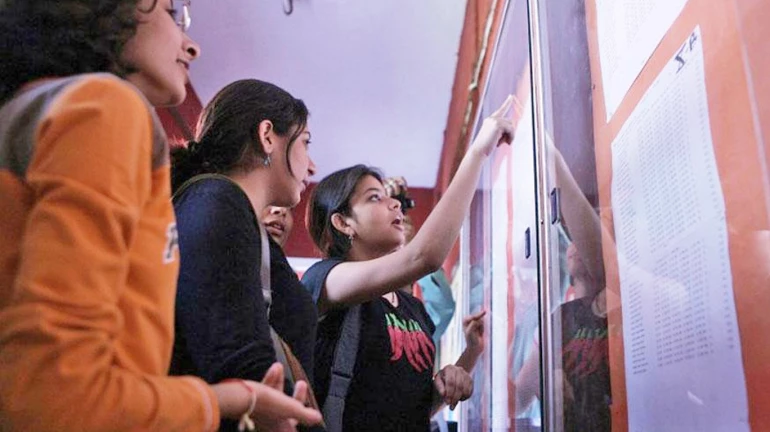
Maharashtra’s free education program for women has led to an increase in female admissions to professional courses this year. As per CET Cell’s statistics, a total of 25,136 more female students have enrolled than last year.
Last year, there were 114,027 female students enrolled in vocational courses, representing 39.9% of the total admissions. This number has increased to 139,163, or 41.55% of total enrolments. In total, there are 3,34,908 students, including both boys and girls, in such courses.The rise in female admissions was seen in fields such as Bachelor of Engineering (BE), Master of Business Administration (MBA), Bachelor of Education (B.Ed.), and Master of Education (M.Ed.). Engineering programs also saw the highest increase in female students.
Program | Female Enrolment (This Year) | Total Enrolment (This Year) | Female Enrolment (Last Year) | Total Enrolment (Last Year) |
B.E./B.Tech | 52,669 | 148,993 | 38,000 | 116,137 |
MBA | 19,334 | 42,085 | 14,532 | 37,128 |
Additionally, there was a rise in female enrolment in direct second-year programs. This year, 13,575 girls enrolled in direct second-year engineering courses, while 6,818 girls registered in direct second-year pharmacy courses.
In July 2024, the government of Maharashtra unveiled the free education policy for girls. Under this, girls from the Economically Weaker Section (EWS), Socially and Economically Backward Classes (SEBC), and Other Backward Classes (OBC) would receive free higher education.In August, the state also added over 15,000 seats in engineering, 3,000 in pharmacy, and 500 in agriculture to deal with the high intake. This was the first time when the government has allowed colleges to add enrolment seats during the admissions process.
The state government's free education program was designed to increase female participation in professional courses. It was implemented as part of the National Education Policy 2020. To implement the plan, the government authorised an additional expenditure of INR 906 crore.The free education covers courses offered by institutions under the higher and technical education, medical education, agriculture, and animal husbandry departments. The goal is to provide girls with equal educational opportunities and reduce financial barriers.





